Seafood Biochemistry
Seafood is any form of sea life regarded as food by humans. Seafood prominently includes fish and shellfish. Shellfish include various species of molluscs, crustaceans, and echinoderms. Historically, sea mammals such as whales and dolphins have been consumed as food, though that happens to a lesser extent these days. Edible sea plants, such as some seaweed and microalgae, are widely eaten as seafood around the world, especially in Asia. The harvesting of wild seafood is known as fishing and the cultivation and farming of seafood is known as aquaculture, mariculture, or in the case of fish, fish farming. Seafood is often distinguished from meat, although it is still animal and is excluded in a strict vegetarian diet. Seafood is an important source of protein in many diets around the world, especially in coastal areas. Products, such as fish oil and spirulina tablets are also extracted from seafoods. Some seafood is feed to aquarium fish, or used to feed domestic pets, such as cats, and a small proportion is used in medicine, or is used industrially for non-food purposes. This book would be highly useful for the students, teachers and researchers of Biochemistry, Fisheries and Food Science.
Get it now and save 10%
BECOME A MEMBER

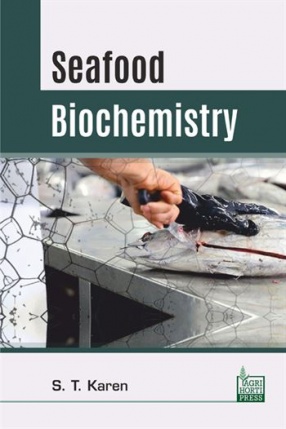
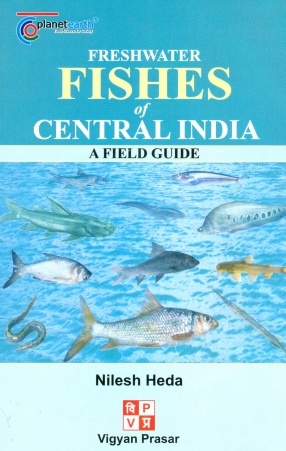
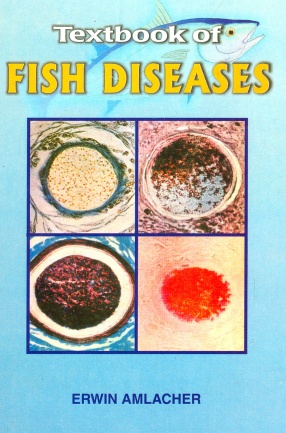
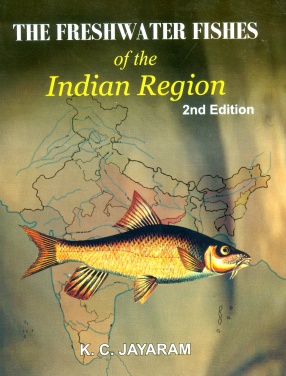
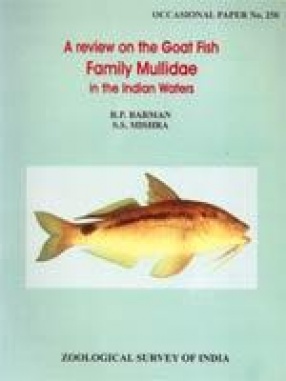

Bibliographic information